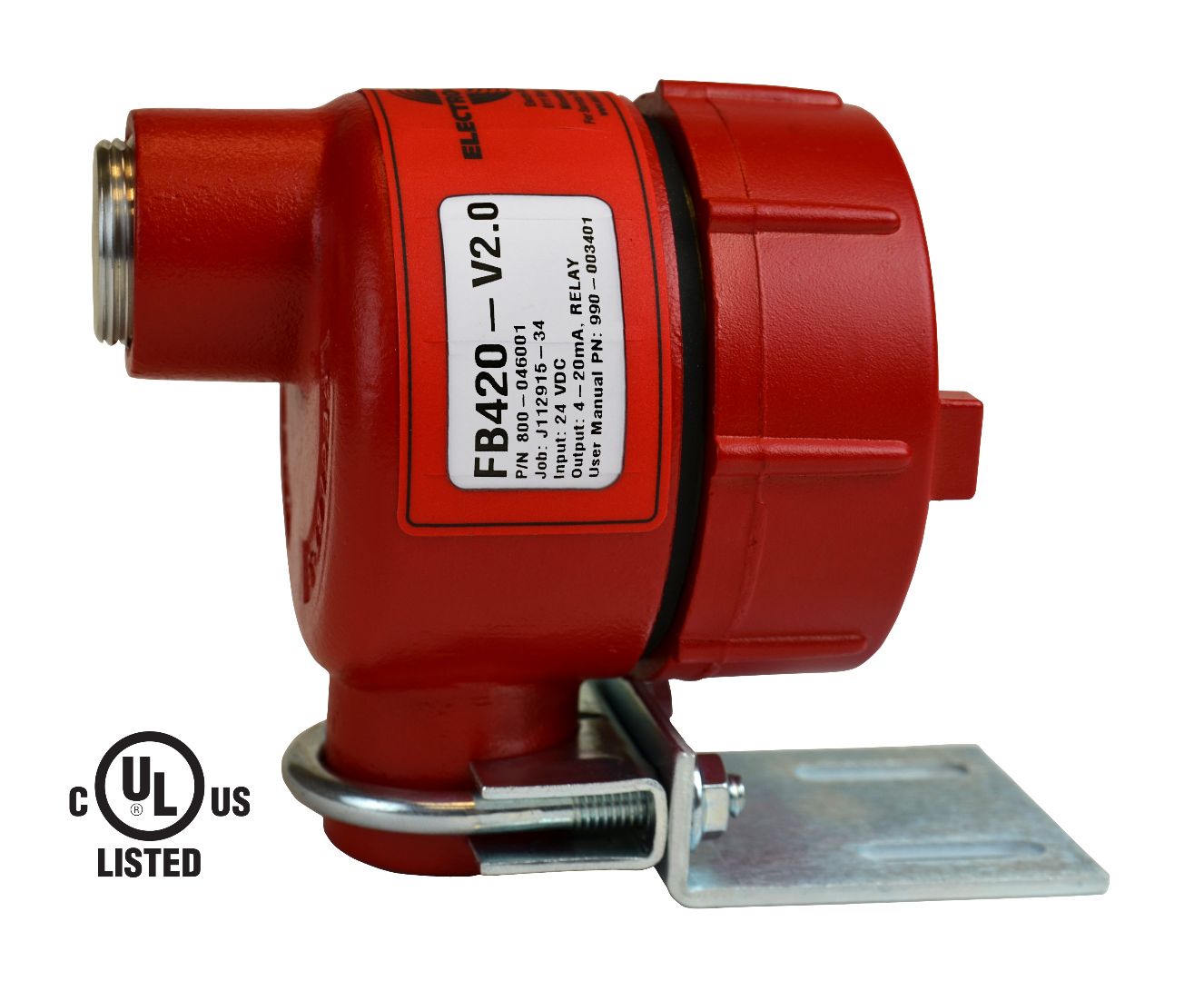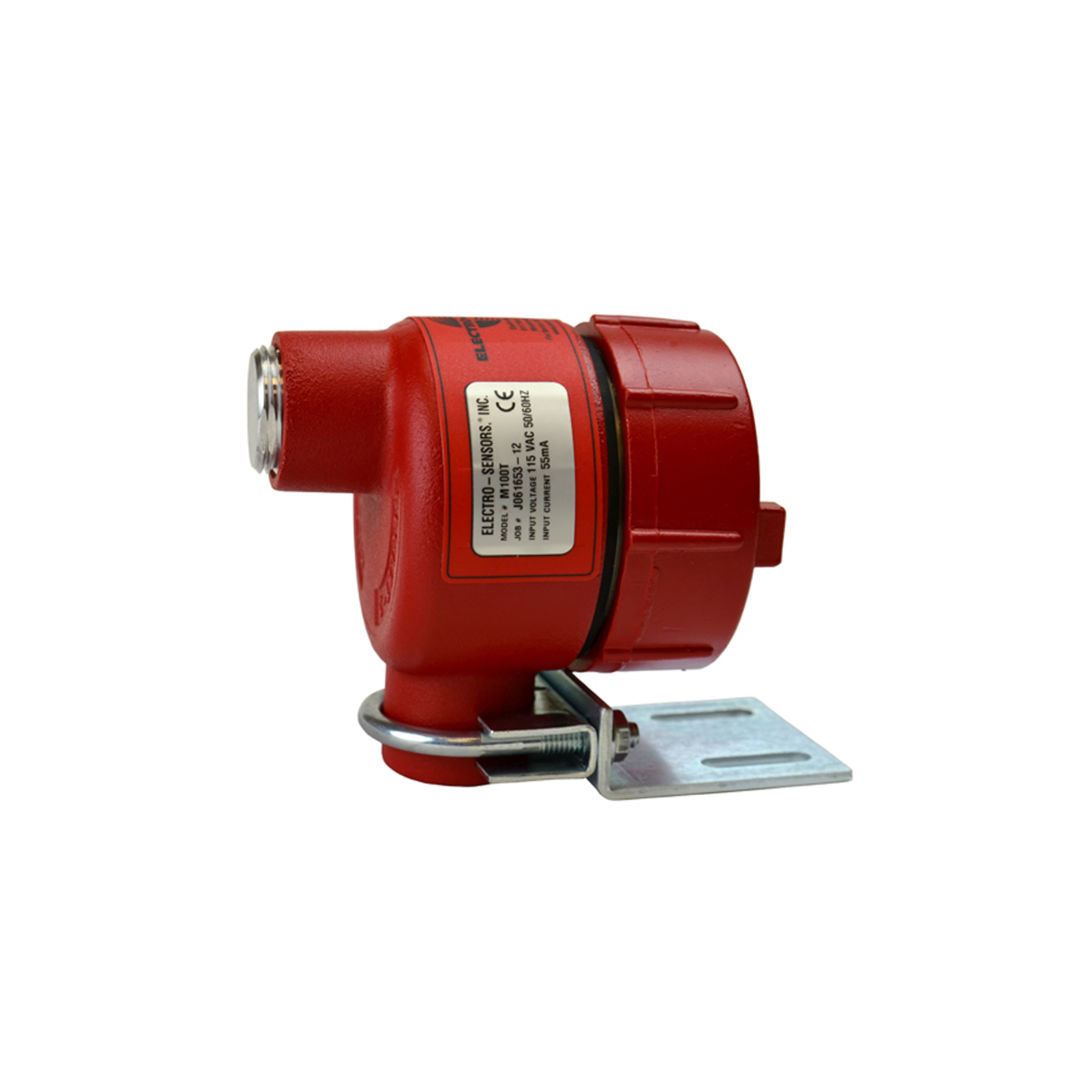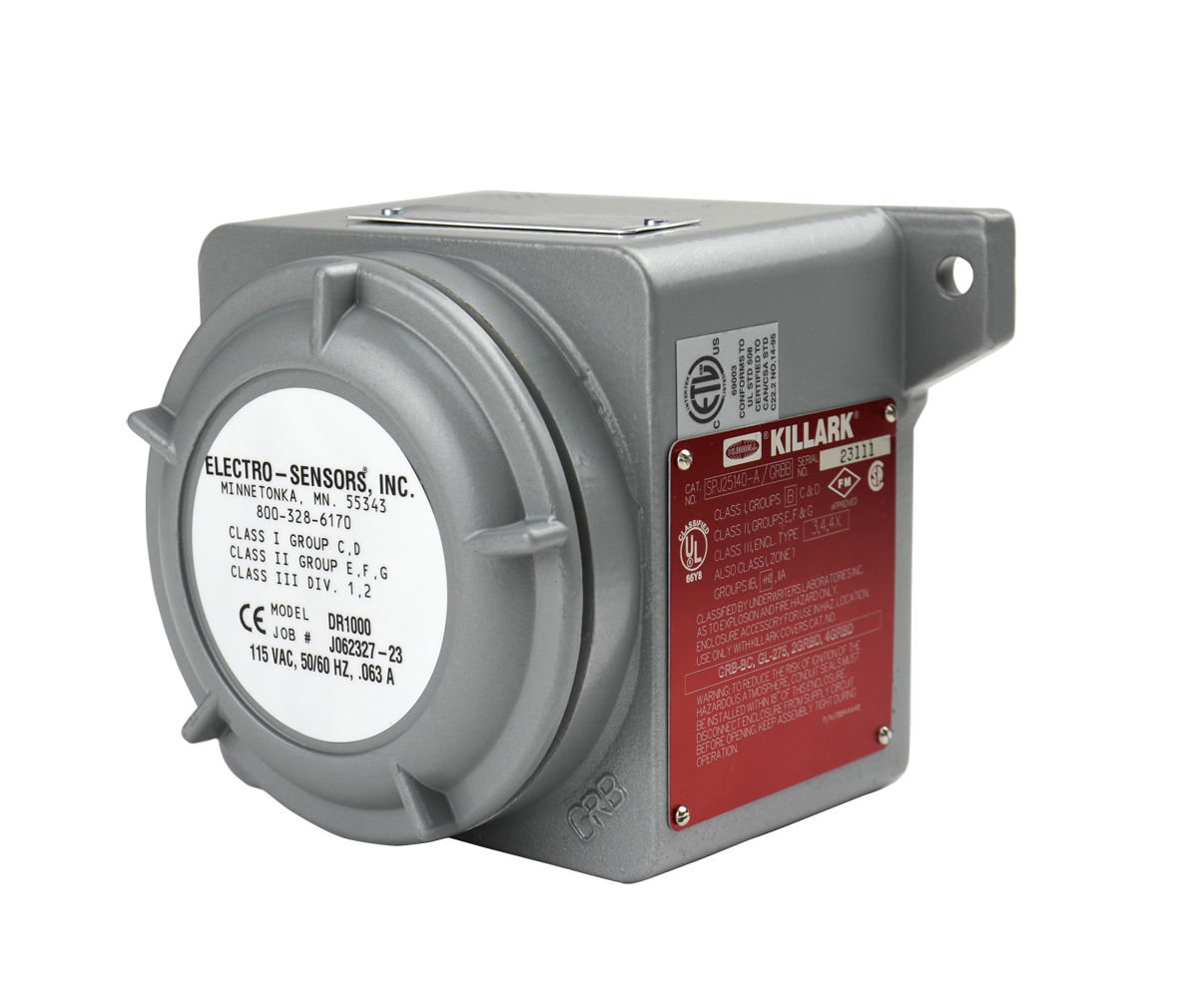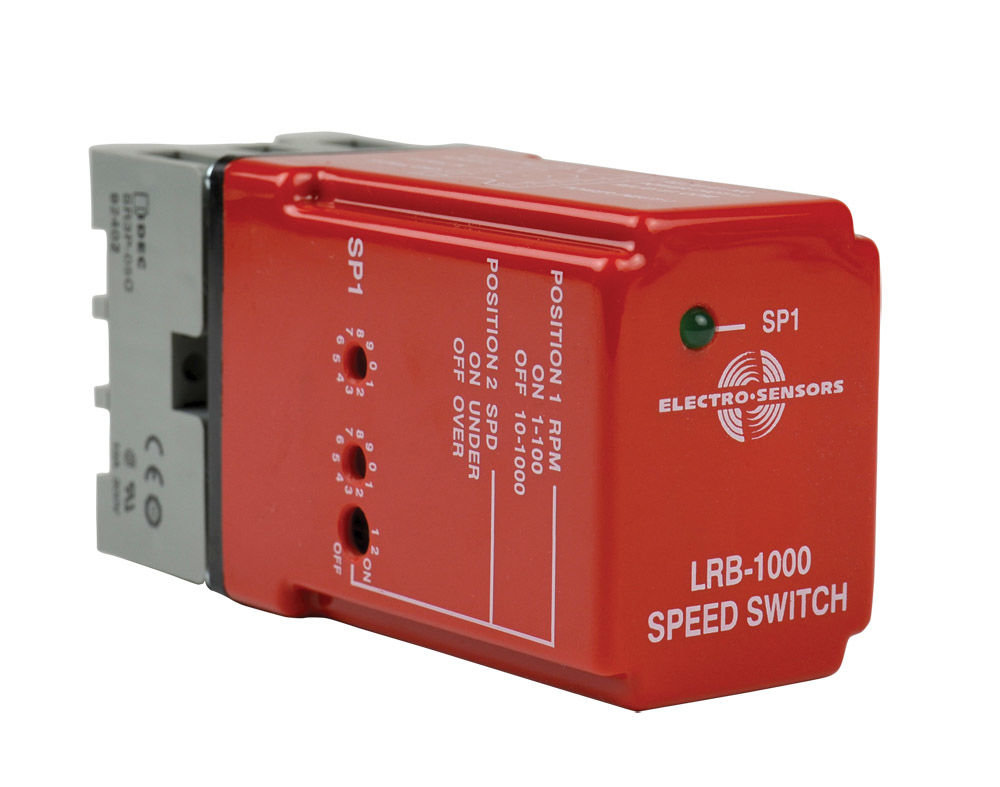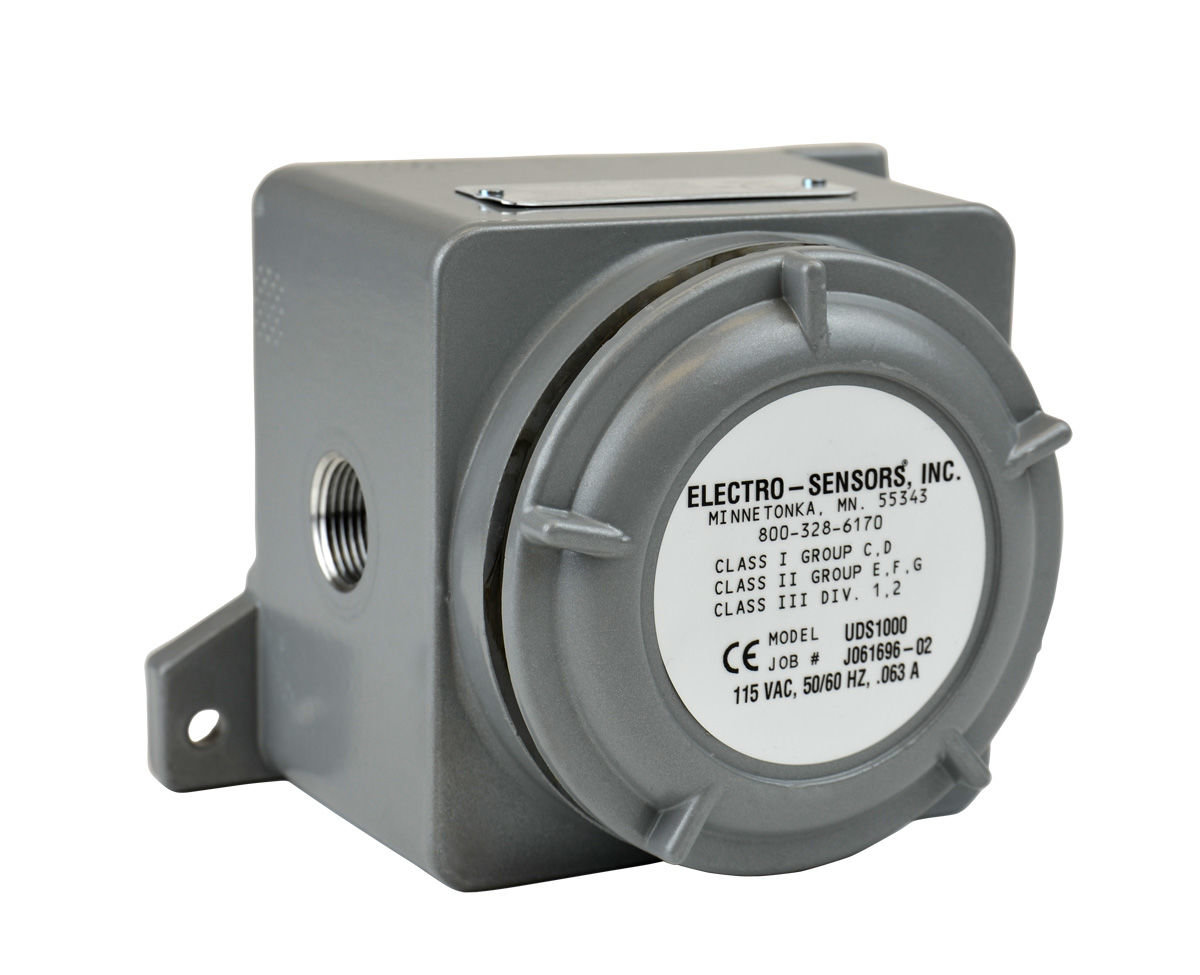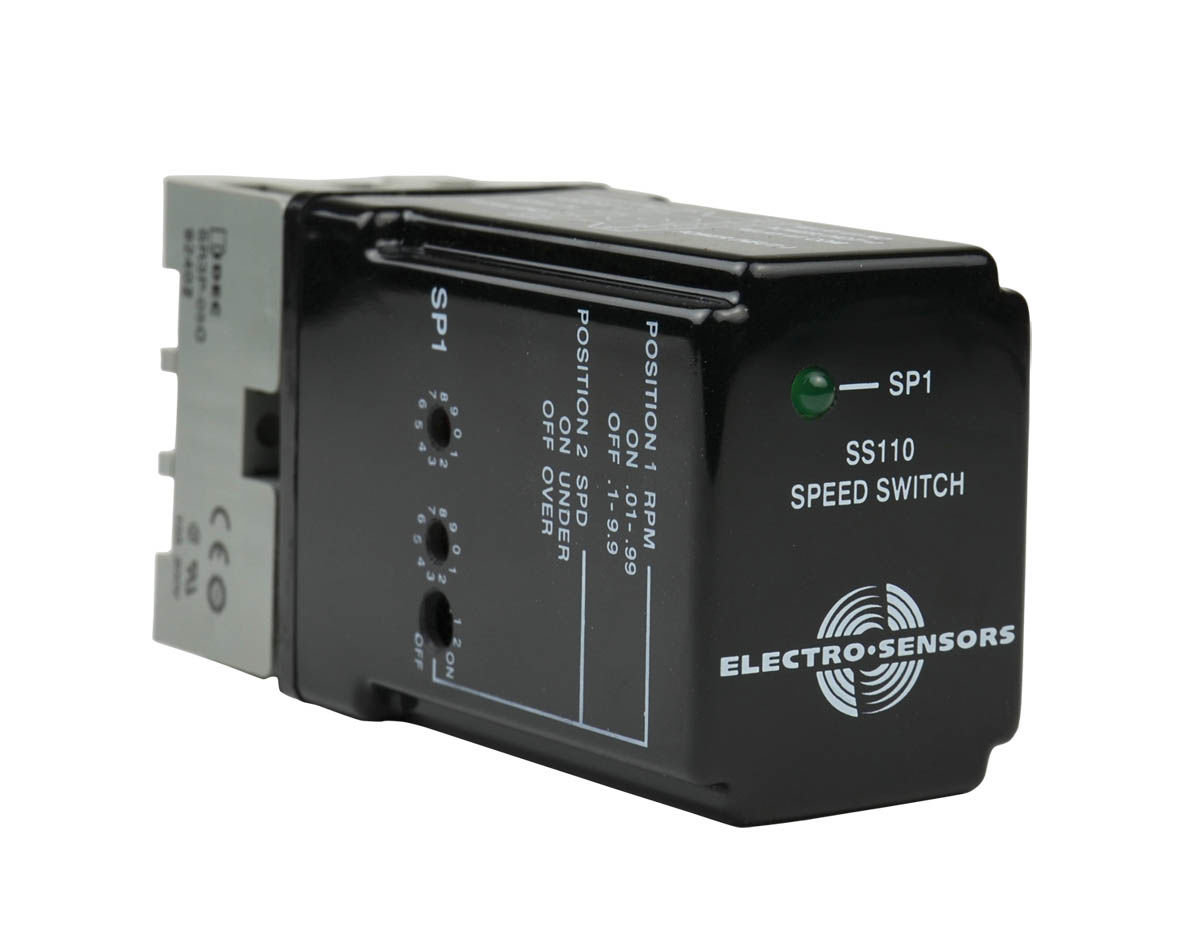Speed Switch Features
- Under speed, over speed, zero speed or reverse speed detection
- Rugged, Reliable Speed Switches for Hazardous Areas
- Output Options
- Relay Output
- 4-20 mA Analog Output
- AS-Interface
- Simple Installation and Calibration
- Analog or Digital Electronics
- Single or Multiple Setpoints
- Failsafe Operation
- Integrated or Discrete Sensor
- Start Delay
- Explosion Proof or Enclosure Install
- Input Power (DC, AC)
- Water Resistant and Explosion Proof Models
- Protect against conveyor belt slip
Speed Switch Overview
A speed switch senses rotating shaft speed, comparing it to one or more settable over/under/zero speed alarm trip-points. A shaft speed sensor detects magnets embedded in a shaft-mounted pulser wrap/disc. As the shaft rotates, the passing magnets are detected across an air-gap as pulses with frequency proportional to shaft RPM. When a conveyor belt or bucket elevator begins to slip the pulse frequency (shaft RPM) crosses to the alarm side of a trip-point threshold, a corresponding relay de-energizes, providing shutdown or alarm.
Switch Applications
Zero Speed Switch - A switch used to determine if a rotating shaft comes to a complete stop.
Overspeed Detection - Utilizing a Speed Switch to monitor a shaft for speeds that exceed the determined setpoint.
Underspeed Detection - Utilizing a Speed Switch to monitor a shaft for speeds that fall below a desired setpoint.
Reverse Speed Detection - The detection of a shaft which not only stops but begins to rotate backwards.
Standard Speed Switch System Configurations
3-Piece System
Shaft Speed Switch + Shaft Speed Sensor + Shaft Speed Pulse Generator
2-Piece System
Shaft Speed Switch with Integrated Shaft Speed Sensor + Shaft Speed Pulse Generator


